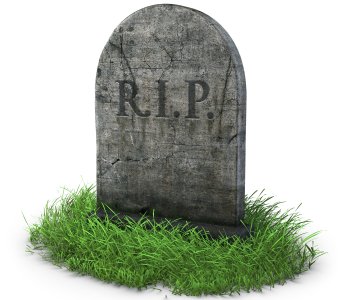Seems like guys like us are minority these days
We might be Chris, but our simple AC motored trains will run forever, and wont crap out with the super fancy deluxe electronics!! And we can still perform our own repairs :-)
I agree with you ZW. One of the things that kept me going in this hobby was the education I gained in servicing and repairing my own engines. I really do derive a great deal of satisfaction out of resurrecting a supposedly dead motor.
There is no question that the pullmors, both old and new, do not run as quietly and smoothly as contemporary can motors and they don't quite measure up in slow running speed as well but I still like that throbbing growl the old pullmors produce along with their pungent and time transporting aroma of ozone. Additionally, with the advent of DCS, TMCC and Legacy I have been able to operate several of my old engines with remarkably realistic slow speeds. I must confess that there is no question but that nostalgia plays a large part in my affection for the old pullmors. New pullmors are a different question altogether. As has been posted the ability to manufacture a new pullmor which is as capable as the old ones has apparently been lost and I can firmly attest to that fact. .
Fortunately there seems to be a never ending supply of the old pullmors which will allow us "Old Goats" to continue to work on our sacred relics. Lastly, the great thing about the toy train hobby is that there is still some diversity in motive power propulsion which will continue to keep us all interested.







